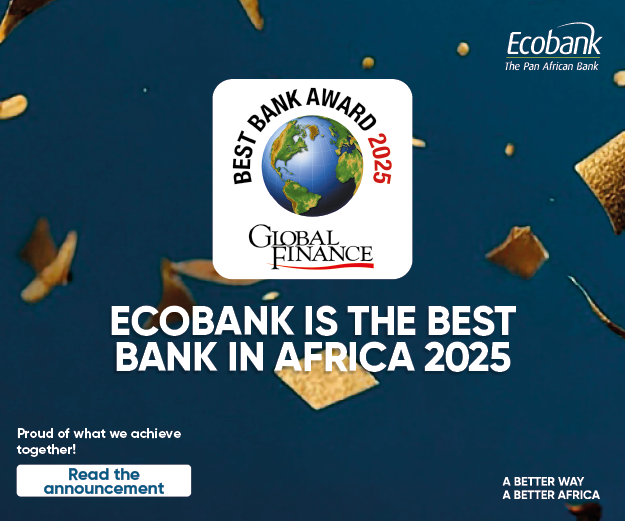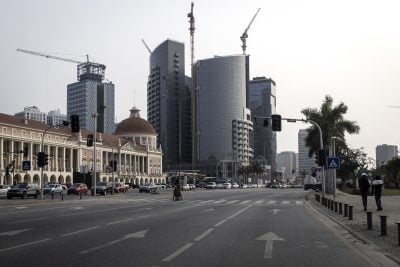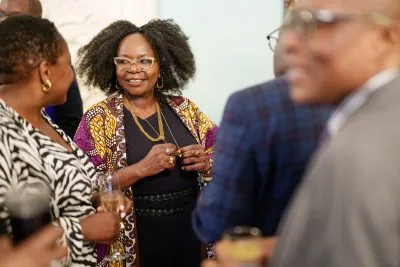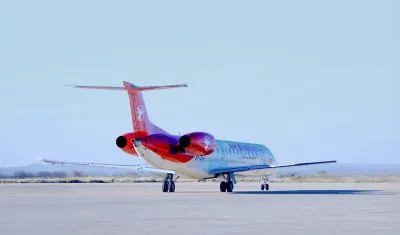Kenya, like many African countries over the last decade, has benefited from a wave of investment on the back of rising incomes, and a much-touted emerging middle class. As a result, some of the world’s top luxury brands in real estate, fashion and car industries have pitched camp in Nairobi, the country’s capital, to get a piece of the affluence cake.
KPMG’s Luxury Goods in Africa report defines the global luxury market as “personal luxury goods such as accessories, apparel, jewellery and cosmetics, high-end vehicles, luxury hospitality, cruises, custom furniture, fine food, wines, champagne, yachts as well as private aviation services.”
One industry to see a spike in growth has been the car industry. Kenyan dealerships report a significant increase in the demand for luxury cars in recent years, contributing to an increase in the overall number of cars sold in the Kenyan market.
A total of 19,524 new vehicles were sold last year, up from 17,296 vehicles in 2014, according to the Kenya Motor Industries association. At the high end of the market, the dominant brands have been Germany’s BMW, Mercedes-Benz and Porsche.
Local Mercedes Benz franchise holder DT Dobie reported that sales jumped from 342 units in 2014 to 598 units in 2015. The auto dealer recently launched a new version of the Mercedes S-Class, which sells from $160,000.
“There is a generation of Kenyans climbing up the social ladder with money to burn. Unlike their predecessors, they are not ashamed to flaunt it,” says sociologist and trends observer Loice Okello. According to her, it is this crop of the nouveau riche that is fuelling the demand for that “extra thing that will make them stand out of the crowds.”
“The spending is not only in the automobile industry. The big boys have splashed out on luxury real estate too,” says Mike Mwai, chief executive of the Luxury Network Kenya, the local franchise of a private membership club with offices in luxury capitals or countries around the world.
Kenya’s real estate ranks amongst the most expensive on the continent, with some residential houses in developments such as Miotoni Ridge and golfing resort Vipingo Ridge fetching up to $2m a piece. “People are looking at customised living and are willing to spend top dollar for this,” Mwai says.
Long-term trend?
But, can this new breed of the wealthy sustain the long-term viability of these outlets, particularly at a time when the Kenyan (and African) economy has slowed down considerably? Data suggests it might. The Kenya 2015 Wealth Report said that the number of high net worth individuals (HNWIs) in the country had risen by 124% to 8,000 over the previous 15 years.
The following year it reported their total number had risen to 8,500. It says that Kenya is the fourth richest country in Africa after South Africa, Nigeria and Egypt in terms of individual wealth.
The report also predicts a bright future for the market: “We expect the number of Kenyan HNWIs to grow by 80%, to reach approximately 15,300 by 2025. This will make it one of the top 20 performing countries in the world over this period and thus sustain the luxury brands market.”
The report cites the popularity of clothing and accessory brands such as Ermenegildo Zegna among men and Louis Vuitton, Gucci and Prada among women. It also cites the rapid rise of the super-luxury watch market in the region, with popular brands including Breguet and Ulysse Nardin, whose products cost upwards of $10,000.
“I think the luxury industry will survive. Like any economy, even during times of economic slowdowns, the super-rich continue to make money and they are the ones sustaining these brands,” says Mwai. “Kenya is the top performing major African market for high net worth individuals.”
Chebet Mutai owns one of the fastest rising African fashion brands in the country. Her company, Wazawazi is an Afrocentric lifestyle brand that, she says, tells the story of modern day Africa through art, culture, high fashion and superior craftsmanship.
Currently leather is WazaWazi’s main product line and the company’s repertoire includes high-end fashion leather accessories such as handbags, belts, wallets, purses and travel bags retailing upwards of $500. She believes the luxury brands segment is yet to be fully exploited.
“It is not always about the money one has in the pocket, it a huge percentage of our customers buy our goods purely as an aspiration. They want a taste of the good life,” she says.
Peer pressure
Loice Okello says a huge section of this market is driven by peer pressure. “For many HNWIs, the fear of losing out on the latest trends, cars, gadgets, homes triumphs over all else.
So a market for these brands will continue to exist.” The Kenya 2016 Wealth Report says the spending habits of Kenyan HNWIs includes collectables, prime real estate, second homes, travel, liquor, private jets, luxury clothing, luxury cars and behavioral mapping.
And it is their tastes that fuel the demand for high-end products and services. “The demand has already been created, and the suppliers are more than willing to satisfy it,” Mwai says.
Daniel Wesangula
Want to continue reading? Subscribe today.
You've read all your free articles for this month! Subscribe now to enjoy full access to our content.
Digital Monthly
£8.00 / month
Receive full unlimited access to our articles, opinions, podcasts and more.
Digital Yearly
£70.00 / year
Our best value offer - save £26 and gain access to all of our digital content for an entire year!

 Sign in with Google
Sign in with Google 



